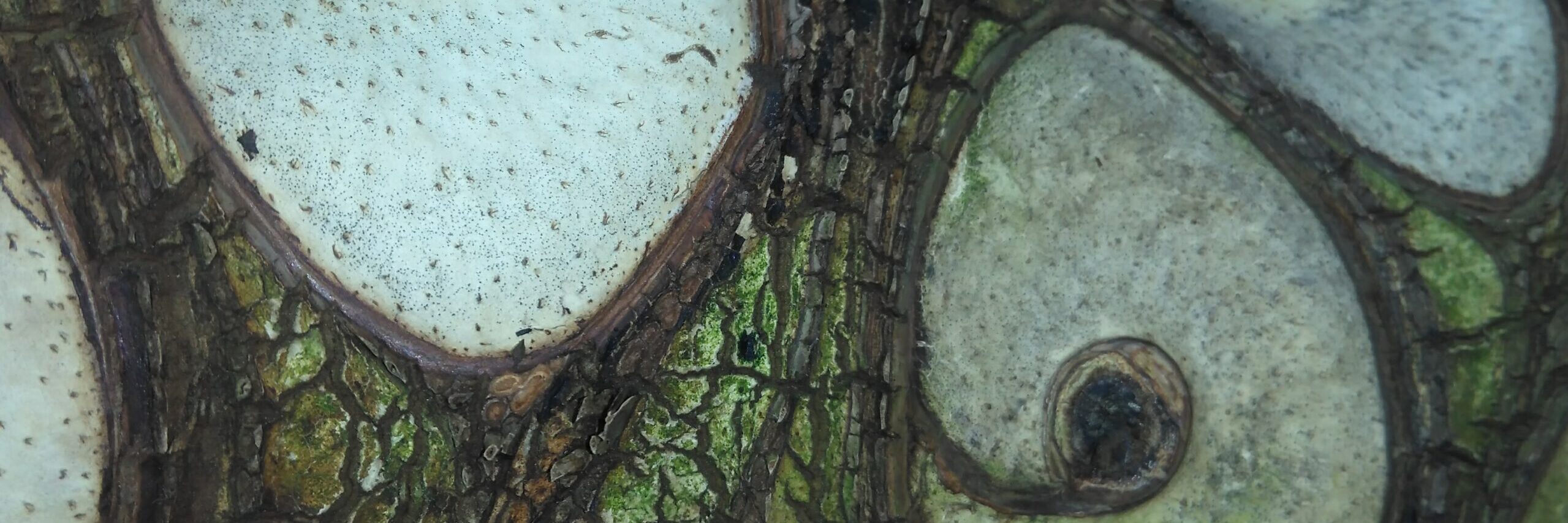Wasn’t sure what to read this morning so went for the 5 Psalms a day grouping and as it’s 11th January read 51 first. Came to v17 NET
The sacrifices God desires are a humble spirit – O God, a humble and repentant heart you will not reject.
This reminded me of the word humility from Frank’s sermon last Sunday and it aptly fits in with another – offering, as it shows how we need to come to God.
The word humble is often translated as in the KJV – broken but when you look at in Hebrew it’s not so much a broken possession but that of grain see below:
2811) ( ShBR) ac: Burst co: Grain ab: ?: The grain is placed on the threshing floor or in the millstone and crushed to burst out the seeds from the hulls. [from: ] V) ( Sh-BR) — I. Burst: To burst out or through. [Hebrew and Aramaic] [ar: rbt] II. Exchange: To buy or sell produce, usually grain. [denominative of the noun meaning grain] [freq. 172] (vf: Paal, Niphal, Hiphil, Hophal, Piel, Participle) |kjv: break, destroy, hurt, tear, birth, crush, quench, buy, sell| {str: 7665, 7666, 8406}
This process is a reforming process. It’s not done to kill or completely destroy but to remake. Something of this process is in the background of scripture as a sub-theme. I’m not sure which particular scriptures at the moment apart from the ones highlighted below.
The other thing is as the Psalm ends because of what is stated in v17 rightful sacrifices can be made which appears to contradict the preceding verses of the same Psalm (a paradox). Living in the new covenant makes this relevant.
Made me think of this story due to the grain connection of the threshing floor: 2 Samuel 24:24 NET (Which in turn flags up the book of Ruth).
But the king said to Araunah, “No, I insist on buying it from you! I will not offer to the Lord my God burnt sacrifices that cost me nothing.” So David bought the threshing floor and the oxen for fifty pieces of silver.
Also in Ps 51v17 is the word contrite or repentant as in NET from 1794 Strongs which root is here:
1080) ( DK) ac: Crush co: Mortar ab: ?: The pictograph is a door representing the idea of moving back and forth. The is a picture of the palm of the hand representing a bowl from its shape. Combined these pictures mean “the moving back and forth in a cup”. Seeds are placed in a stone mortar, a stone cup, the stone pestle is moved around the cup to crush the seeds into a powder. A)
H) ( DKH) ac: ? co: Bruise ab: ?: Something that is bruised by beating it. V) ( D-KH) — Bruise: [freq. 5] (vf: Paal, Niphal, Piel) |kjv: break, contrite, crouch| {str: 1794}
Both the picture of the grapes being broken and the grain being crushed are very helpful and connect back to nature once again. They also connect to Jesus being broken bread and poured out wine for us.
[Again references here to Hebrew taken from Jeff Benner’s work Ancient Hebrew Lexicon of the Bible (AHLB). Look at this to view missing fonts represented by the square symbol]
I may write more on this when I discover the thought nagging in the back of my mind where it links to other scriptures especially in the New Testament. Maybe I’m thinking of John 15. The application is what’s important though not so much the abstract ideas. Maybe start to use these words in prayer that relate to the earth and its produce.
Of course there is the Communion connection too in the New Testament in the form of grape and grain!
